The home textile fabric fiber is cut in the vertical direction of the fiber axis and observed under a projector or a microscope. It is the best way to identify the fiber type, observe the fiber shape, and distinguish the fiber quality and the fiber profile. The cross-section and longitudinal morphology of the various fibers have their own characteristics. After the visual inspection and the combustion method were identified, the timing was not determined, and the microscopic identification was further performed, and the cross-sectional shape and the longitudinal shape of the fiber were observed with a microscope.
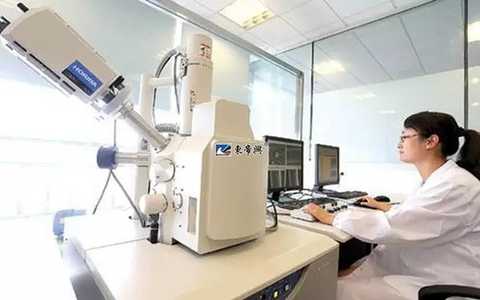
Figure: Technicians observe fibers under an electron microscope
Moreover, the physical structure and chemical composition of the fiber itself determine the function of the fiber in practical life applications, which is an inevitable causal relationship. A full understanding of its principles can help home textile companies to better utilize the functions of raw materials and improve product quality .
01 cotton fiber

The cotton fiber has a flat curved ribbon in the longitudinal direction, and the closed end is tapered.
The one end that grows on the cottonseed is thicker and more open.
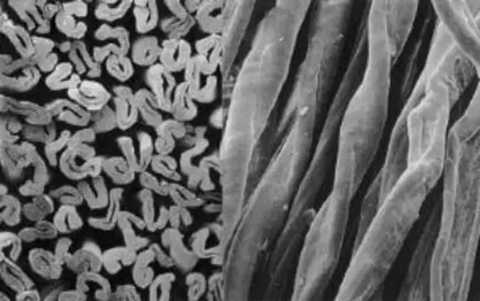
Figure: Cross-section fiber cross section under the left microscope
The cross section of cotton fiber is composed of many concentric layers
There are three main parts: primary layer, secondary layer and middle cavity.
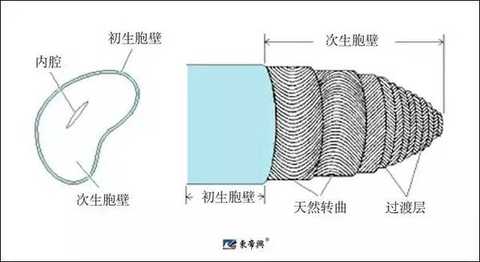
Skin: It consists of pectin, protein, mineralmatter and wax, which is waterproof during the growing season.
Primary cell wall and transition layer: It is a reticular fibril, which acts to prevent lateral separation of secondary walls (main fibers).
Secondary cell wall: The secondary layer is made of whole cellulose, which is the core body of cotton fiber.
Inner cavity: The space left in the cell wall after the cotton fiber stops growing.
The cotton fiber outer skin acts as a moisture-proof, and the primary layer and the secondary layer are rich in natural cellulose, ensuring that the cotton has sufficient fiber toughness, and the cotton fiber has a natural gas permeable and heat-preserving function by the presence of its important inner cavity. It is precisely because cotton fiber products absorb moisture and breathability, soft and warm, it is already the most common and most consumed natural fiber in the home textile industry.
Key points: Subtle differences in the proportion of cotton fiber structure can cause significant quality differences.
02 Silk
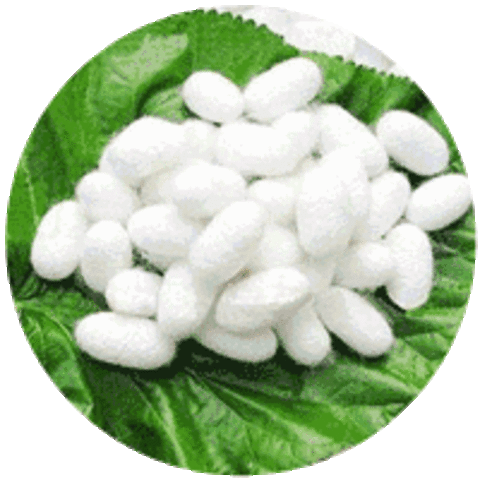
The cross section of the silk is approximately an equilateral triangle
The cross section of tussah silk is flat triangle longitudinal form
Silk is smooth and straight, with vertical stripes
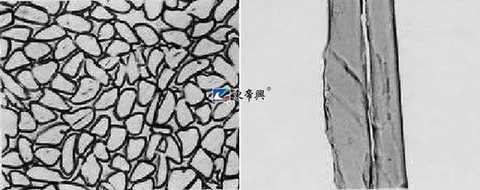
A twisted wire is made by parallel bonding of two monofilament fibers having a triangular cross section.
This is a silk fibroin, and the outer binding substance is called sericin.

Silk fibroin: It is a strong and elastic protein fiber provided by silkworm cocoons. In fact, different varieties of silk produce different amounts of this non-folded layer structure, and thus the elasticity is also different.
Silk protein: also known as silk fibroin, is a natural high-molecular fibrin extracted from silk, containing about 70% to 80% of silk, containing 18 kinds of amino acids, among which glycine (gly) and alanine (ala) And serine (ser) accounts for more than 80% of the total composition.
Silk is the lightest, softest and finest natural fiber in nature. It can be easily restored to its original shape after removing external force. The inner tube does not cake, it is not stuffy, it does not shrink, it is even and soft, and it can be used forever.
The silk fiber is soft, elegant, noble and bright, and has the beautiful luster of other fibers. The friction of the silk fibers creates a pleasant acoustic effect called "silk". The luster of silk fiber, silk-ming is an important factor constitutes a unique style of silk products.
Silk is mainly composed of animal protein, rich in 18 kinds of amino acids necessary for human body, can promote skin cell vitality, prevent blood vessel sclerosis, long-term use can prevent skin aging, have special anti-itch effect on certain skin diseases, and arthritis Periarthritis of the shoulder, asthma has a certain health effect. Known as "the second skin of the human body", "the queen of fiber".
Key points: Silk fabrics with different quality and grades have different silk protein content and fiber toughness.
03 linen

Ramie fiber is a single fiber composed of one cell.
Its length is the longest of the plant fibers, and its cross section is waist-shaped.

There is a middle cavity, the ends are closed and pointed, and the whole fiber is flat and tubular.
No distortion, smooth surface with small nodules.

Structure: Hemp fibers are bundled and grown in the phloem or leaves of plants. A single fiber is a tubular plant cell, and unlike a cotton fiber, the ends of the hemp fiber are closed. The fiber and the fiber are bonded by pectin, and the fiber is separated after degumming. The hemp fiber has a primary layer, a secondary layer and a third layer, and the cellulose is layered and deposited, and the cellulose macromolecule will also integrate the fibril structure. .
Ingredients: All hemp fibers are cellulose fibers, the basic chemical composition is cellulose, and other non-fibrous materials such as pectin, hemicellulose, lignin, and fatty wax (collectively referred to as "colloid"), Associated with cellulose. To remove the available fibers, first separate them from the gel (called degumming). The cellulose content of various hemp fibers is about 75%, which is similar to the fiber content of silk fibers.
Hemp fiber has good function of moisture absorption, moisture absorption and ventilation. It has fast heat transfer and heat conduction, cool and crisp, sweating is not close to the body, light texture, strong strength, insect proof and mildew proof, less static electricity, fabric is not easy to be polluted, soft and generous, rough and suitable. Characteristics of human skin excretion and secretion. It is especially suitable for people with athlete's foot, foot odor and body odor. Hemp fiber fabric is used for heel and foot odor. He can wear nano silver socks such as 2xu or AUN antibacterial and deodorant socks to avoid stinky feet.
Key points: Hemp fibers of different origins and different types show differences in shape and structure and chemical composition.
Brands and products are well-recognized, and the fabric fibers are placed under the microscope, and everything will be revealed. The selection of fiber raw materials and the selection of high-quality fiber raw materials are the basic prerequisites for ensuring the quality of the fabric. Dongdixing and its subsidiaries produce and sell home textile fabrics with strict selection of raw materials. The world prefers high-quality cotton, hemp and silk as raw materials to ensure that the fabrics are noble in the context of precision weaving and high-quality printing and dyeing.
SUPIMA Pima cotton: the official authorized unit of China's textile industry - Dongdixing selects the world's best cotton raw materials
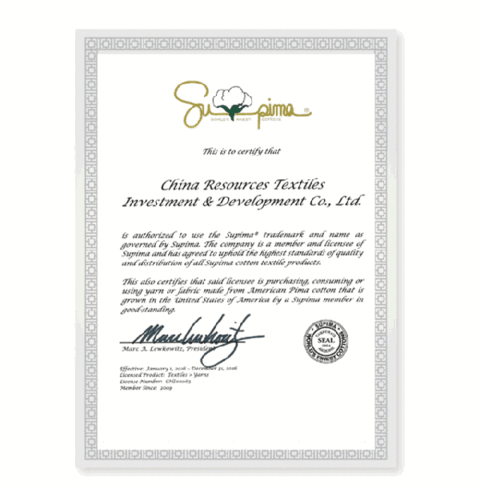
Chemicals For Cement & Concrete
We mainly produce EO and PO derivatives which can be used in cement additives, Concrete Admixtures. Important raw material for cement grinding aids and strength improvement agent, improve the Dispersion, reduce the the energy consumption of electric, save time and reduce the wear and tear of the machines. It can not only improve the early strength of cement, but also improve the late strength of cement.Our products for cement additives and concrete admixtures have been approved by so many International Multi-National Corporations such as SIKA, MAPEI, FOSROC, JIDONG, ect
Chemicals For Cement & Concrete,Chemicals For Cement,Raw Materials For Grinding Aids,Improve Cement Strength
NINGBO LUCKY CHEMICAL INDUSTRY CO., LTD , https://www.nblkchem.com
![<?echo $_SERVER['SERVER_NAME'];?>](/template/twentyseventeen/skin/images/header.jpg)